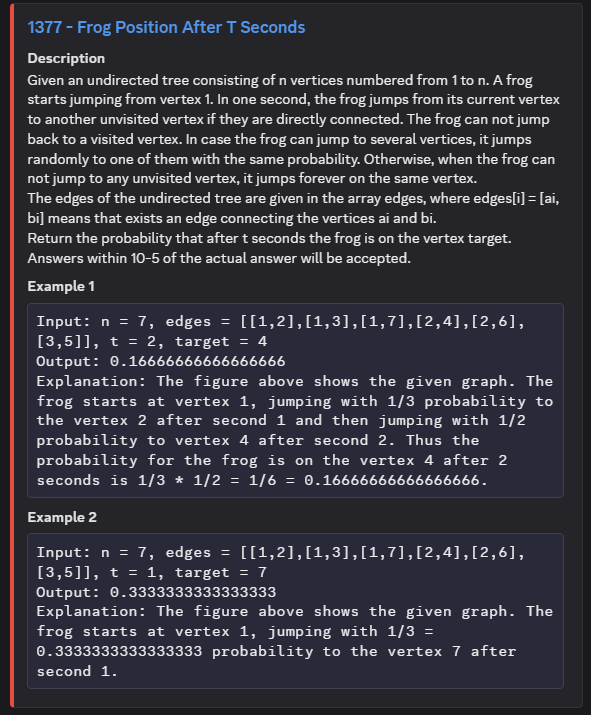The Product
The final product was a Discord bot that helps users with LeetCode problems by providing a system of customizable reoccurring problems, contest reminders, and other various alerts.
The bot is designed to be easily configurable, allowing server administrators to set their own preferences for problem difficulty, frequency of these problems, and more.
The bot uses the LeetCode API to fetch problems and user data, ensuring that users receive relevant content.
It also includes features such as reminders for upcoming contests, a leaderboard to track user progress, and a help command to assist users in navigating the bot's features.
The image shows an example of a problem being sent to a user.
For a more in depth look about the product itself, I highly recommend checking it out for yourself! Otherwise, take a look at the Help & Setup Page.
